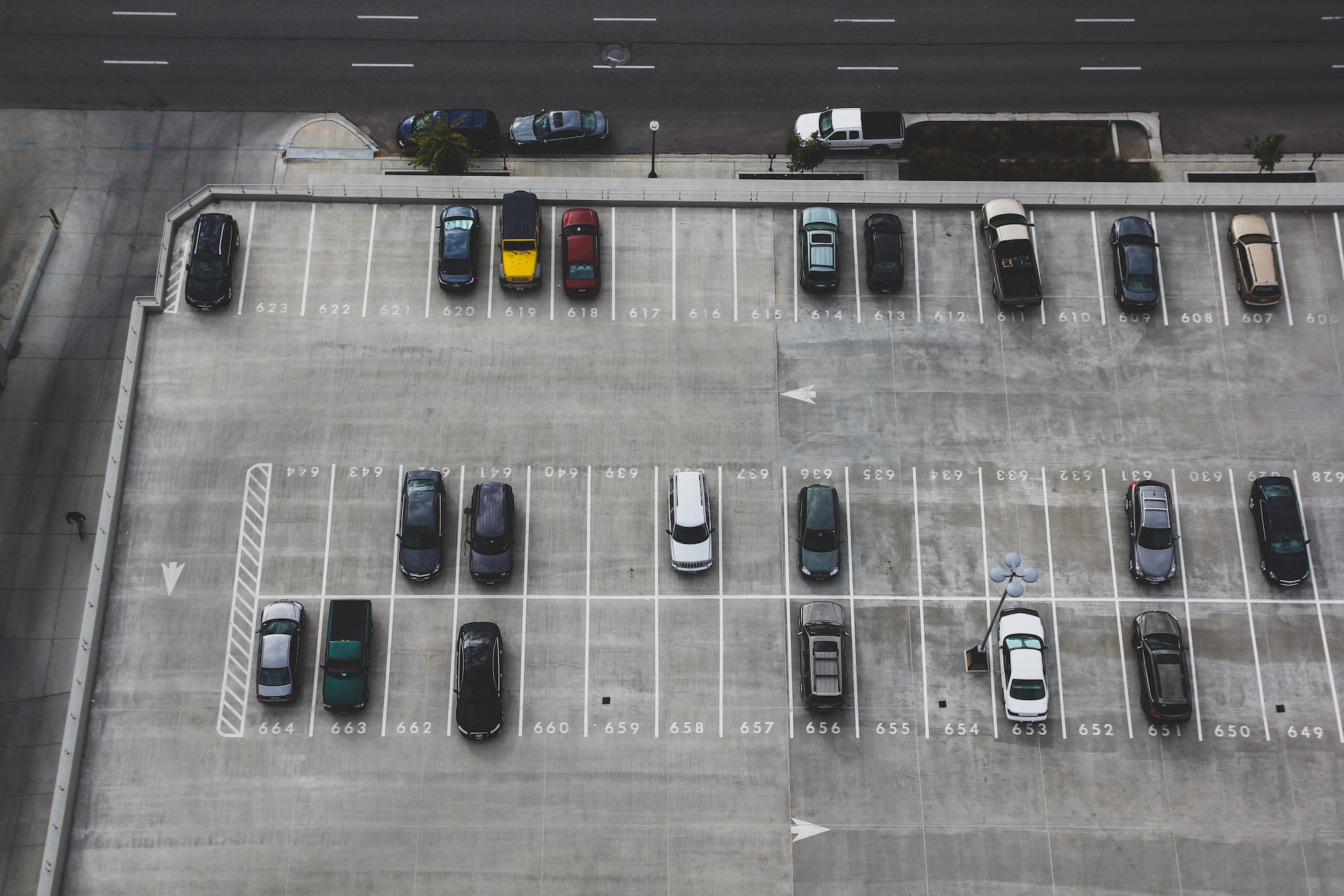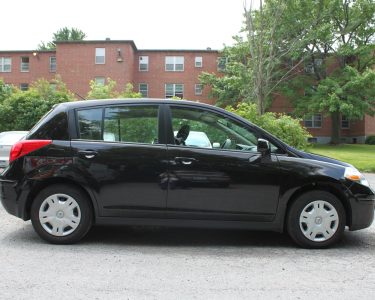In cities across the United States, it’s a common sight: cars circling blocks, drivers vying for spots, and frustrations mounting. Parking is a headache, but it’s also a crucial part of urban infrastructure. However, with more cars on the road than ever before, our parking addiction has become a problem that needs to be addressed.
According to a report by the Victoria Transport Policy Institute, there are an estimated 800 million parking spaces in the US, covering a land area roughly equivalent to the state of Connecticut. Despite this abundance, drivers still face difficulties finding a spot. In cities like New York and San Francisco, parking prices can be astronomical, and in some cases, the high demand for spots has led to illegal parking and even violence.
But the problem is not just one of convenience or cost. Parking takes up valuable urban space that could be put to better use. Parking lots and garages can be eyesores, and they disrupt the natural flow of a city. They create dead zones where people don’t want to walk or spend time, leading to less vibrant and less safe communities. In addition, parking lots contribute to the heat island effect, where cities can be several degrees warmer than surrounding rural areas due to the excess heat absorbed by asphalt and concrete.
There are also environmental concerns associated with parking. Cars that are circling around looking for spots waste gas, leading to increased emissions and air pollution. And once parked, cars continue to have an impact on the environment. Parking spaces often require lighting, which can waste electricity, and they can contribute to water runoff and contamination.
So what can be done to break our parking addiction? One solution is to reduce the number of cars on the road in the first place. Encouraging the use of public transportation, biking, and walking can help to reduce congestion and the demand for parking. Another option is to implement a congestion charge, which would require drivers to pay a fee for entering certain areas of the city during peak hours. This has been successful in cities like London and Stockholm.
In addition, cities can make better use of the parking space they already have. In some cases, parking lots can be converted into parks, community gardens, or even affordable housing. One such example is the former Highland Park Ford Plant in Detroit, which was transformed into a mixed-use development that includes housing, retail, and office space. Other cities have implemented parklets, small parks that are created by converting parking spaces into miniature green spaces.
Technology can also play a role in reducing our parking addiction. Smart parking systems, which use sensors to detect available spots and direct drivers to them, can reduce the amount of time drivers spend circling around looking for a spot. Apps like ParkWhiz and SpotHero allow drivers to reserve spots in advance, reducing the need to drive around in search of a spot.
In conclusion, America’s parking addiction is a problem that needs to be addressed. It’s not just a matter of convenience or cost; it has environmental and social implications as well. Reducing the number of cars on the road, making better use of the parking space we already have, and utilizing technology can all help to break the cycle of our parking addiction. By doing so, we can create more vibrant, livable, and sustainable cities for everyone.




